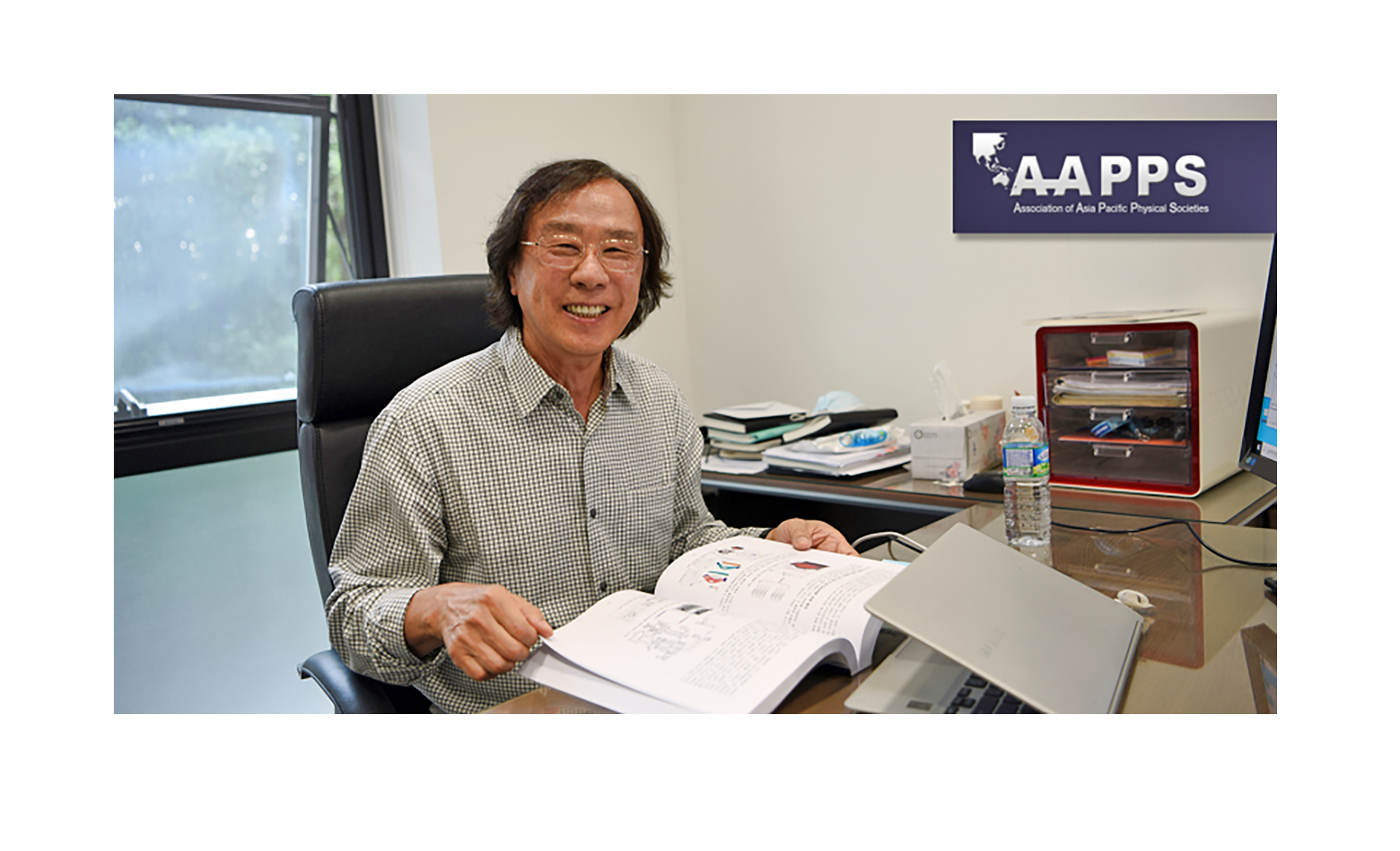“This is indeed a great honor for me,” said Park, a fellow of the American Physical Society (APS) and the first Korean to receive the prize named for University of Chicago astrophysicist Subramanyan Chandrasekhar, winner of the 1983 Nobel Prize in Physics for studies of the evolution of stars. “The main reason I returned to Korea from PPPL,” Park said, “was to elevate understanding of the fusion plasma physics through KSTAR [Korea Superconducting Tokamak Advanced Research],” Korea’s flagship fusion facility.
Rooted at PPPL
His development of the advanced fusion diagnostics is rooted at PPPL. “The 2-D microwave imaging system that was cultivated while I was at PPPL has produced unambiguous new physics results that have significantly accelerated recognition of the KSTAR research program on the world stage,” Park said.
Moreover, “My dream was working on fusion research at Princeton since I was a physics major freshman in Korea. At Princeton I had the privilege of working with the premier researchers on the TFTR [Tokamak Fusion Test Reactor] project. The open research environment and inspiring dialog with colleagues guided me to develop a system that can provide indisputable real time 2-D imaging data of instabilities and turbulence that I believe are essential in finding the truth of the complex fusion plasma dynamics.”
Park received his bachelor’s of science degree in physics from the University Southern California and his doctorate in electrical engineering from the University of California, Los Angeles (UCLA), in 1984. He joined PPPL that year and worked at the laboratory until 2007, spending more than a decade developing diagnostics for TFTR, which set a world record for producing fusion power in 1994 before being decommissioned in 1997.
Rich Hawryluk, associate director for fusion at PPPL who headed the TFTR project, said that, “I had the pleasure to work with Hyeon Park on TFTR, where he made significant contributions to understand particle transport and the role of the density profile through his detailed infra-red interferometer measurements. Afterwards, he went on to develop 2-D microwave imaging diagnostics with collaborators and demonstrated that diagnostics are critical in developing a detailed understanding of fusion plasmas through a series of important experiments on KSTAR. This award is a wonderful recognition of his many important scientific accomplishments resulting from his work on world-class diagnostics.”
A KSTAR director
Following 23 years at PPPL Park became a professor at Pohang University of Science and Technology in Korea, where he established a fusion plasma research center. He moved in 2013 to his current position as a professor at the Ulsan National Institute of Science and Technology (UNIST) in Korea and has served as a director and senior advisor at the KSTAR research center since 2015.
Park notes that four of the nine Chandrasekhar Prize recipients, including himself, have worked at PPPL. They include Predhiman Kaw, who served on the staff from 1967 to 1971 and again from 1975-1982; Liu Chen, 1974 to 1993; and Frank Cheng, 1975 to 2005. “This reflects that PPPL is the powerhouse for fusion science research,” Park said. “It’s also notable that I am the only experimental physicist whereas all the others are theoretical physicists.”
Reflecting on his physics career, Park observes that, “Truth in complex systems like fusion plasma instabilities cannot be easily uncovered with ambiguous measurements that often lead to theory and modeling in a wrong direction. Theory and modeling with predictable capability in fusion science can only be achieved through validation with indisputable experimental observations,” he said. “This award is an opportunity for me to continue advocating the way to improve physics of the fusion plasma so that realization of the fusion power can be accelerated.”
The AAPPS-DPP, which promotes plasma physics throughout the Asia Pacific region, will present Park the award virtually at the 4th Asia-Pacific Conference on Plasma Physics to be held the week of October 26. A certificate and medal come with the annual award.
PPPL, on Princeton University’s Forrestal Campus in Plainsboro, N.J., is devoted to creating new knowledge about the physics of plasmas — ultra-hot, charged gases — and to developing practical solutions for the creation of fusion energy. The Laboratory is managed by the University for the U.S. Department of Energy’s Office of Science, which is the single largest supporter of basic research in the physical sciences in the United States and is working to address some of the most pressing challenges of our time. For more information, visit energy.gov/science.


